Monster Train was released roughly three years ago, and it became a big hit among critics and fans of deck builders. It wasn't quite as revolutionary as Slay The Spire in terms of initiating a genre renaissance, but the distinct setting, small yet significant differences, and overall execution were good enough that fans of deck-building games weren't complaining about having another quality game so soon. For a follow-up, Shiny Shoe is aiming for something very different with Inkbound, which is about to hit Steam Early Access.
In a land ruled by books and the stories within, a great evil has appeared. The monsters have taken over the stories and successfully pushed back those who oppose them while also erasing some of the tales. The world's greatest hero has been working tirelessly in their lab to come up with a way to defeat the darkness, but the process is long, and the enemies remain numerous. Enter the Needless, beings born from the ink with the express purpose of fighting back. They need to hold the line until the great hero finds the final solution.
When you start Inkbound, it feels like an action RPG. It's presented from an isometric perspective, and you start by creating a character and selecting a class. There are initially three classes, but you can access two more as later in the game. Mosscloaks are essentially rogues who deal in distance attacks and poison. Weavers are mages that specialize in combos. Magma Miners are all about stacking melee damage, so long as you hit someone. Obelisks are more tank-like characters, while Clairvoyants are like tricksters, given their use of orbs that fight for them.
It isn't long before you realize that the game has an atypical fighting system. Similar to the Tales Of series of JRPGs, you have a meter that governs a good deal of actions in battle, from movement to attacks. You have a set area to move around in, and while you burn some energy moving around the field, you gain some back if you move closer to the original spot. Your actions are turn-based, and placement in the field is important since it can determine how much damage you'll take on your enemy's turn; this is immediately communicated before your turn ends. Most of your attacks either need to be aimed or cover a specific area, something that also immediately shows how much damage you'll inflict.
Inkbound also employs roguelike elements that are signature to the genre. Randomized enemies and environments are par for the course. You have temporary power-ups and currency that only lasts for that run. There's a hub world to explore and shopkeepers that you'll periodically visit for more ways to make yourself stronger. There's nothing surprising about this, but it serves its purpose.
The turn-based roguelike nature of the game is a fun mix, but the execution thrives on two specific elements. The first is the game's online presence. Some may lament that the game can only be played online — even if you only plan on solo runs — but others will enjoy the ability to team up with other players to mix and match class types for the best results. This is especially useful, as the game seems tailor-made for a multiplayer experience. Solo runs are much more difficult due to an abundance of enemies and fewer opportunities to heal, especially with no big health refills between the worlds and boss fights. The presence of co-op online play remains a rarity in the turn-based RPG genre, so this is already a positive.
The other element that works well with Inkbound is its overall pacing, which tries its best to respect the player's time and ensure that runs are quick. That means the lands are small, with pathways that clearly lay out their bonuses. Battle arenas are quick to get to with little wiggle room for exploring, so you're always in a fighting mindset. For the latter, that means that the battle arenas shrink just like a battle royale game, which comes with the benefit of making fights faster so everyone comes in closer; it also punishes those who try to avoid conflict. You're still some allowed time to strategize, but you're forced to go for big hits before you're overwhelmed.
There is one thing that we don't know about yet: the price. That's not something we usually care about, but the game has some interesting elements. There's a season pass with different levels of cosmetic items and a means to buy in-game currency with real money. That usually indicates that this is a free-to-play title, but we have seen some paid games adopt these elements. The initial reception to the title can be swayed by this, so it'll be interesting to see which route the developers choose.
Steam Deck players will be glad to know that Inkbound runs on the device without having to change out the Proton version. The game has no real native controller support, but Steam Input's mimicking of the mouse and native support for the analog controller for character movement works fine for a turn-based title. At the native 1280x800 resolution, the game mostly runs at 60fps with only a few dips that are almost imperceptible unless you have a frame counter. Battery life on a full charge goes for roughly two-and-a-half hours, which is pretty decent. Fiddling with the Deck's settings could help prolong battery time, as the game's settings menu isn't robust enough to let you dial down the detail levels or kill certain effects.
At the moment, Inkbound is fascinating. The focused nature makes for sessions that spend less time wandering around. The emphasis on multiplayer with different classes means that those who want to go solo will find the game to be extra challenging. It's still in Early Access and will be for at least a year or two, but it's worth keeping an eye on to see if a potential community forms around it.
More articles about Inkbound


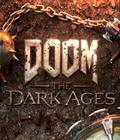
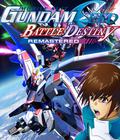
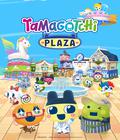
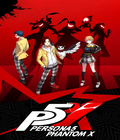
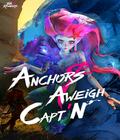
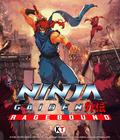

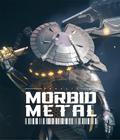

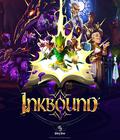 Inkbound is a co-op experience that blends elements from ARPGs, tactics games, and roguelikes.
Inkbound is a co-op experience that blends elements from ARPGs, tactics games, and roguelikes.













